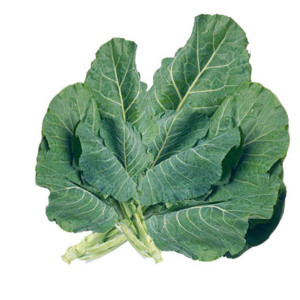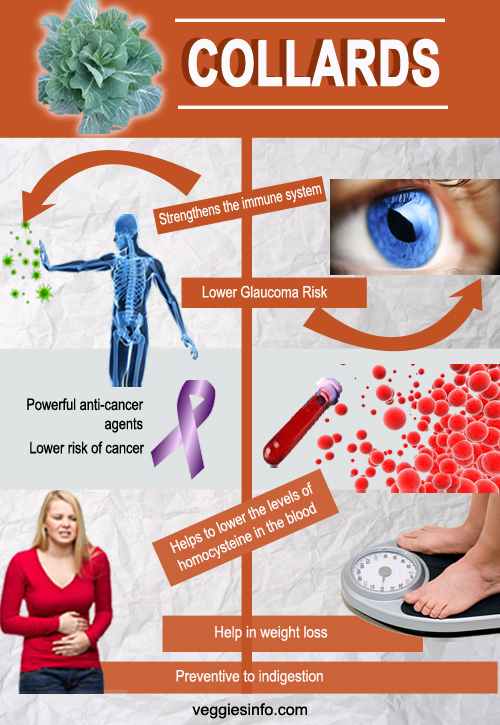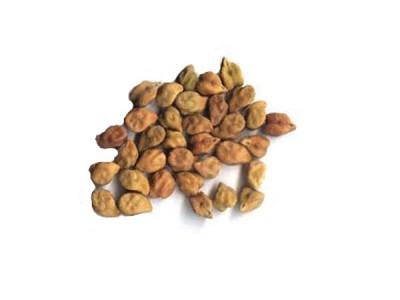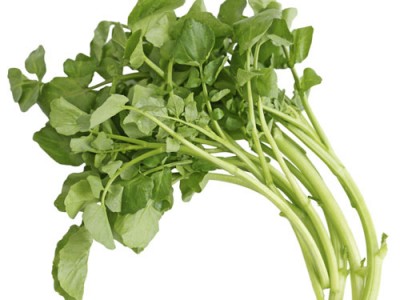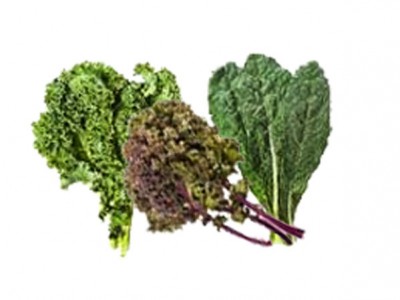
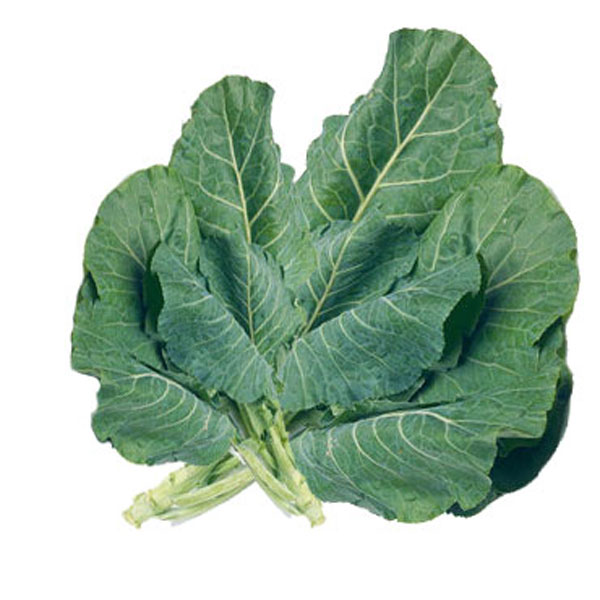
Collards Nutrition Guide And its Healthy Properties
About Collards
Collard greens are leafy vegetable belonging to the cabbage family. It is one of the oldest members of that family and is grown since ancient times. It belongs to the Brassica Oleracea and the cultivar group of Acephala; the term coined for collards cultivar group is derived from a Greek word which also means headless. Members of the cabbage family are known to have closely knit heads like broccoli; collards that have no head and is grown into a similar leafy vegetable like kale. It have been grown since ancient Romans and Greek times that dated back to the times of Christian Era. The Greeks grew collards along side with kale as they couldn’t find any distinctive difference between both of them. Collards were introduced to the United States by wanderers in 600 .B.C and it forms an integral part of South American staple diet since then. Collards are biennial plants and are planted during spring and early winter. The leaves of this vegetable are to be plucked when they have grown to their maximum size of 10- 12 inches tall. Collards are popular throughout the world and are known with a different name in every region; couve in Brazil, Dalmatian cabbage in New Zealand, haak in Kashmir and the Spanish speaking nations call it Berza.
Nutrition Value
- Collard greens are an extremely rich source of vitamin K and also contain folate, thiamin, niacin, pantothenic acid, choline, phosphorus and potassium.
- One cup of boiled collard greens contains 63 calories, 5 grams of protein, 1 gram of fat, 11 grams of carbohydrates (including 8 grams of fiber and 1 gram of sugar), over 250% of your daily needs for vitamin A, over 50% of your daily needs for vitamin C, 26% of calcium needs, 12% of iron and 10% of both vitamin B-6 and magnesium.
| Nutrients | Nutrition Value | % DV of RDA |
|---|---|---|
| Energy | 32 Kcal | 1.50% |
| Carbohydrates | 5.42 g | 4% |
| Protein | 3.02 g | 6% |
| Total Fat | 0.61 g | 2% |
| Cholesterol | 0 mg | 0% |
| Dietary Fiber | 4 g | 10% |
| Vitamins | ||
| Folates | 129 µg | 32% |
| Niacin | 0.742 mg | 5% |
| Pantothenic acid | 0.267 mg | 5% |
| Pyridoxine | 0.165 mg | 13% |
| Riboflavin | 0.130 mg | 10% |
| Thiamin | 0.054 mg | 4.50% |
| Vitamin A | 5019 IU | 170% |
| Vitamin C | 35.3 mg | 59% |
| Vitamin E | 2.26 mg | 15% |
| Vitamin K | 437.1 µg | 37% |
| Electrolytes | ||
| Sodium | 17 mg | 1% |
| Potassium | 213 mg | 4.50% |
| Minerals | ||
| Calcium | 232 mg | 23% |
| Copper | 0.039 mg | 4.50% |
| Iron | 0.47 mg | 6% |
| Magnesium | 27 mg | 7% |
| Manganese | 0.658 mg | 30% |
| Selenium | 1.3 µg | 2% |
| Zinc | 0.21 mg | 2% |
| Phyto-nutrients | ||
| Carotene-ß | 2991 µg | — |
| Crypto- xanthin-ß | 28 µg | — |
| Lutein- zeaxanthin | 4323 µg | — |
Health Benefits Of Collards
- Strengthens the immune system.
- Powerful anti-cancer agents.
- Lower risk of cancer.
- Helps to lower the levels of homocysteine in the blood.
- They are low in calories, they also Help in Weight Loss.
- Lower Glaucoma Risk.
- It as a preventive to indigestion.
Collards are a cruciferous plant known for its high nutrition level. It is a delight to every dieter because of its low calorific value and less fat content. A cup of boiled collards (100g) consist of only 32 calories. Owing to its cruciferous quality it comes across as a no surprise that collard aid in cancer prevention; the anti inflammatory property and high oxidation levels boost the body’s immune system for it to fight against cancer such as breast cancer, prostate cancer, and colon cancer . Collards are a rich source of vitamin K, Vitamin B, Vitamin B1 and folate that forms a compound that regulates the blood sugar level , blood pressure level and also prevents clogging of arteries that in future prevents the body from facing cardiovascular diseases.
The fibre rich collard supports the smooth functioning of the digestive system thereby preventing the body to be prone to any digestive disorders. This leafy vegetable is highly recommended by dieticians to people prone with Type 2 diabetes; this regulates the sugar levels in the blood and is also used to prevent diseases like rheumatoid, arthritis, obesity and other inflammations caused in the body.
How To Enjoy Collards
It is rare to see that a vegetable has more nutrition value to it when cooked compared to when its raw form; collards are such vegetables. The best way to consume collards in its healthiest way possible is by steaming it and sprinkling some fresh lemon juice before cooking it; this in turn activates all the nutrients of the food. Add them to fresh salads or cook them with black eyed peas collards go well with sushi as well.
Collard greens are oxalate rich food and it is a strict no – no to any person diagnosed with problems in their kidney; consumption of oxalate rich food will in turn only aggravate the situation.

